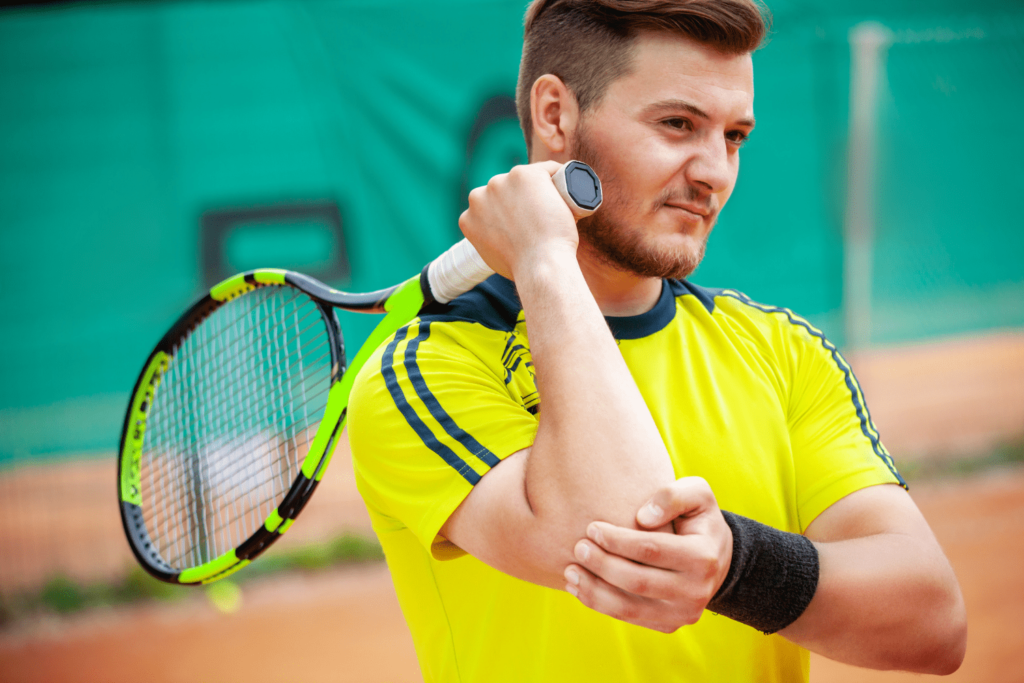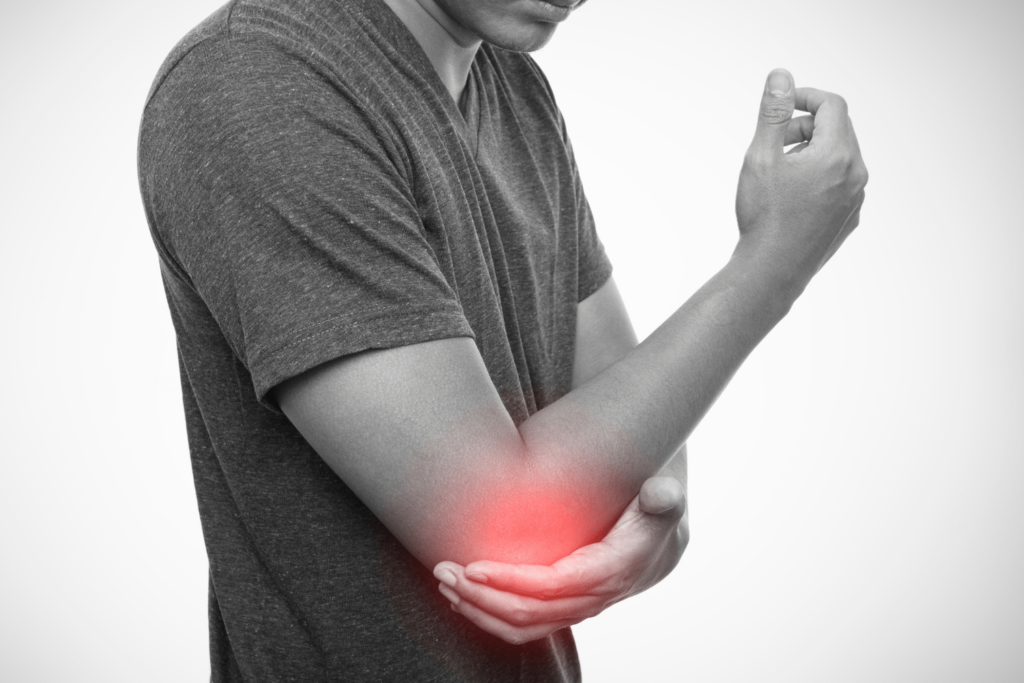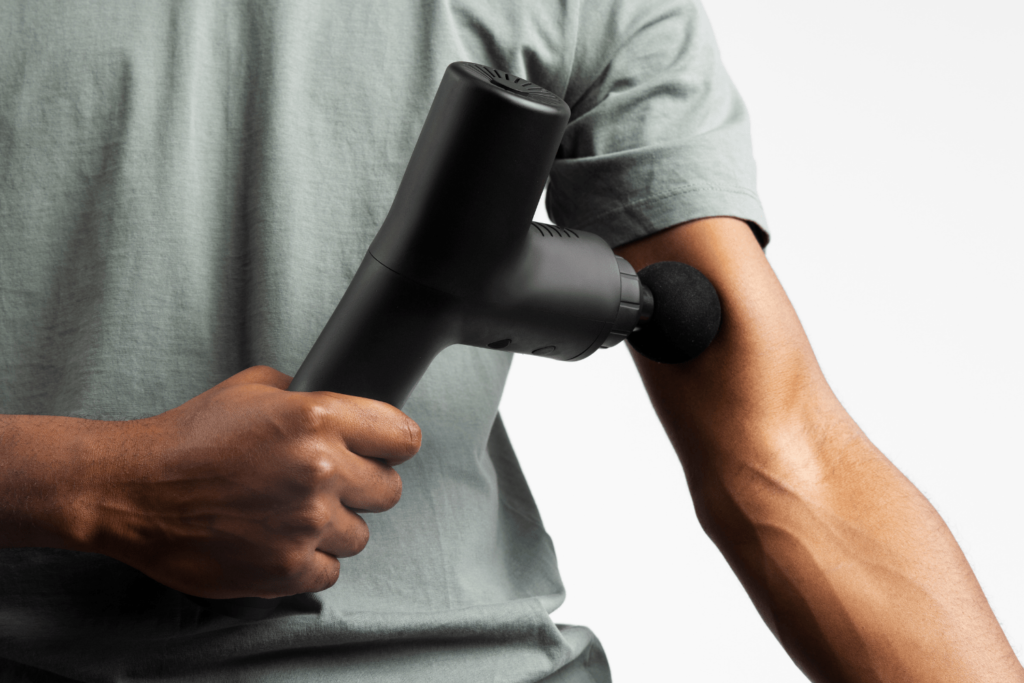Tennis elbow a condition that strikes athletes and active individuals alike, limiting their performance and dampening their passion for their sport. It can affect anyone who frequently uses their arms for repetitive tasks, from a tennis player swinging their racquet to a painter applying strokes with a brush. But no matter the cause, tennis elbow doesn’t have to be a permanent setback. With the right treatment, strategies, and mindset, you can overcome it and return to your sport better than before.
Tennis elbow, or lateral epicondylitis, occurs when the tendons on the outer side of the elbow become inflamed due to repetitive motion. The result is pain, stiffness, and in some cases, significant weakness. Though it can be frustrating, understanding the root cause of the pain, implementing targeted interventions, and sticking to a recovery plan can ensure a full recovery.



Early detection of tennis elbow can mean the difference between a short recovery time and a long, chronic injury. It often starts subtly a small twinge in the elbow that gradually intensifies with every swing or grip. As the condition worsens, the pain becomes a constant companion, radiating from the elbow down the forearm and even into the wrist. For athletes, this might mean a restricted backhand shot, a lack of control over their racquet, or reduced strength in the arm.
The first step toward recovery is acknowledging the symptoms before they spiral out of control. That early discomfort or tenderness on the outside of the elbow can often be traced back to overuse, either from sport-specific movements or everyday activities. Athletes, it’s time to listen to your body the signs are there. The pain won’t just vanish on its own; addressing it early will set the foundation for a quicker and more effective recovery.


Once the acute pain subsides and you’ve allowed sufficient rest, the next critical phase of recovery is rehabilitation. It’s time to start rebuilding strength in the forearm muscles and tendons, gradually regaining the range of motion and flexibility needed for sport. But be cautious — the road to recovery isn’t a sprint; it’s a marathon of targeted exercises that will ultimately return you to your peak.
One of the most effective methods for rehabilitation is eccentric strengthening exercises. Eccentric exercises involve lengthening the muscle while it’s under tension, which promotes the rebuilding of tendon strength. One example of this is the wrist extension exercise, where you hold a lightweight and extend your wrist, then slowly lower the weight back down. The slow lowering of the weight provides the tension needed to rebuild the muscle and tendon, giving them the strength to withstand future stress.
In addition to eccentric exercises, stretching is critical to improving the flexibility and mobility of the forearm muscles. Simple stretches can help reduce tension in the elbow and promote circulation, encouraging healing and preventing stiffness. A consistent stretching routine for the forearm flexors and extensors helps to ensure that your muscles remain limber and resilient to strain.
Though traditional rehabilitation techniques like rest and exercise are the bedrock of tennis elbow recovery, there are alternative therapies that can complement your treatment plan and speed up the healing process.
Shockwave therapy (ESWT) is one of the most widely used alternative treatments for tennis elbow. This non-invasive treatment uses high-energy sound waves to promote healing in damaged tendons by increasing blood flow and stimulating cell repair. Many athletes turn to ESWT when they’re dealing with chronic tennis elbow that hasn’t responded to traditional treatments.
Another cutting-edge option is Platelet-Rich Plasma (PRP) therapy, where your own blood is drawn, processed to concentrate the platelets, and then injected directly into the injured tendon. PRP has been shown to enhance tissue repair and regeneration, helping athletes recover more quickly from tendon injuries.
In some cases, corticosteroid injections may be used to reduce inflammation and provide temporary relief. However, this is typically a last-resort option, as repeated use of steroids can weaken the tendon, potentially making the condition worse in the long run. Always consult a specialist to determine whether steroid injections are appropriate for your specific case.


The best way to deal with tennis elbow is to prevent it from happening in the first place. While some level of risk is inevitable for athletes, adopting strategies to minimize the likelihood of reinjury is essential for long-term success.
Tennis elbow may be a common injury, but it doesn’t have to be a career-ender. With a solid recovery plan that includes rest, rehabilitation, alternative therapies, and preventive strategies, you can return to your sport healthier, stronger, and more resilient than before.
Tennis elbow is a reminder that your body needs care and attention, especially when pushing yourself to the limits in your sport. By listening to your body and taking proactive measures to address the condition, you’ll be able to bounce back from injury and keep playing the game you love. It’s all about patience, perseverance, and knowing when to hit the pause button for a faster, safer comeback. So take care of that elbow and ace your recovery.
Elevate your performance with Apex Sports Clinic! Schedule an appointment today for personalized, expert care in optimizing your athletic potential.


